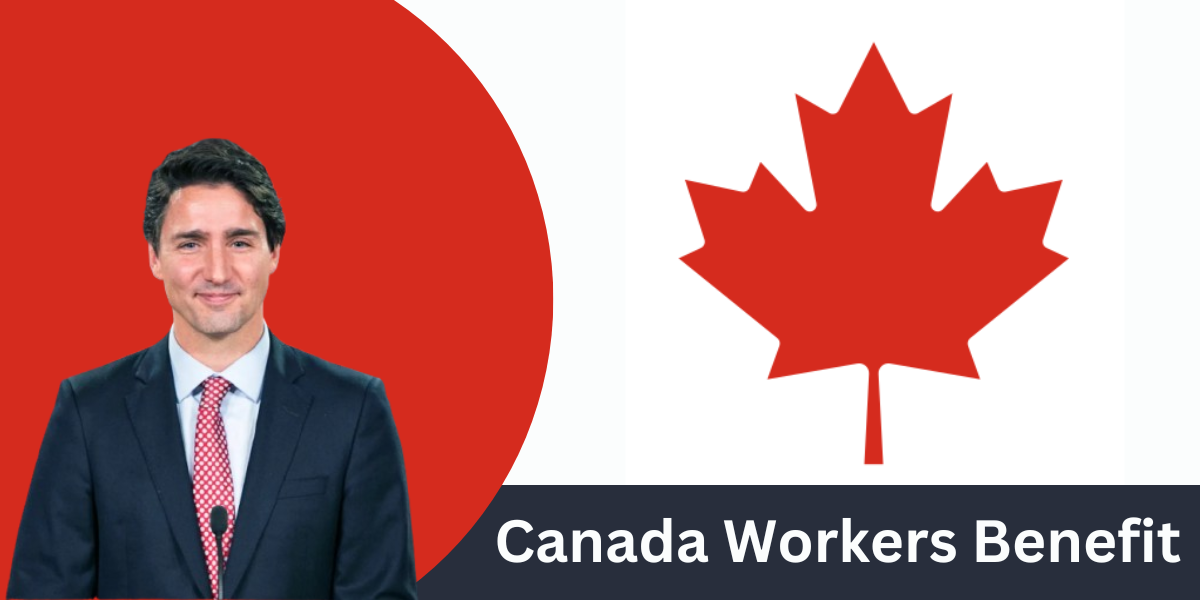A central bank plays a crucial role in a country’s financial and economic stability. The two key objectives that form the goals of the central banks are critical for keeping the economy in good health. This article explores these objectives using simple words and concepts, written in short sentences with an active voice and clarity of reading.
Introduction to Central Banks
A central bank is an institution that is nationally mandated in terms of the country’s monetary policy. It helps sustain the stability of the financial system, supports the achievement of economic objectives by the government, and strives to be part of the growth process within an economy.
Main Aims of a Central Bank
Central banks have many diverse aims, but among their primary ones are:
- Maintaining Price Stability
- Maximum Employment
- Economic Development
- Maintenance of Financial Stability
- Rate of Interest Control
These are the objectives that guarantee a healthy sound for the economy at large. Let us now delve in further into what each objective encompasses.
Price Stability: Keeping Prices Under Control
Price stability simply means maintaining the correct economic level of prices of goods and services in an economy. Central banks do want low levels of inflation and as low in uncertainty as possible.
Why is price stability important?
- It limits inflation: High inflation reduces the purchasing power of money-affecting customers as well as businesses.
- Increases confidence: A stable price environment boosts investment and savings.
- Reduces uncertainty: When prices are stable, people can make better economic decisions.
Table: Inflation Impact vs Price Stability
| Impact of Inflation | Effect on Economy |
| High inflation | Decreases purchasing power |
| Moderate inflation | Encourages spending and growth |
| Low inflation | Economic stability is sustained |
Job Creation: Ensuring Jobs for Everyone Who Wants to Work
Full employment refers to the presence of jobs for everyone capable and willing to work. However, it doesn’t necessarily mean a job for everybody but more than enough opportunities for individuals who want to work.
Why Full Employment?
- Puts an End to Poverty: The more the number of jobs, the higher the income level as well as a lower poverty percentage.
- Economic Growth: Increasing output is made possible by having a productive workforce.
Social welfare improves with employment. Employment improves the well-being of individuals.
Economic Growth: Boosting Prosperity and Opportunities
Economic growth is defined as the rise in production of goods and services within a country over time. Central banks want to see a stable and sustainable rate of growth.
Why Is Economic Growth Important?
- Raises Living Standards: Growth increases incomes and improves living standards.
- Generates Employment: A growing economy generates more employment for the people.
- Improves Global Competitiveness: Economic growth keeps a country competitive in the world market.
Table: Economic Growth and Its Benefits
| Benefit | Impact on Economy |
| Increases income level | Raises living standards |
| Offers employment | Reduces unemployment |
| Innovation and research | Boosts productivity |
Financial Stability: Ensuring a Strong and Trustworthy Financial System
Financial stability implies maintaining the stability of a financial system that can endure shock and displacement. Thus, a central bank works toward avoiding financial crises that would break down its banking system.
Why is financial stability important?
- Prevents Bank Failures: Central banks ensure that banks have enough reserves to cover withdrawals.
- It reduces systemic risk. It prevents financial contagion that can spread across sectors.
- Promotes Trust: For the smooth functioning of the financial system, people must trust it.
Interest Rate Management: Controlling Inflation and Encouraging Growth
Interest rates are one of the tools used by central banks to influence the economy. Interest rates affect borrowing, spending, and investment behaviors through central banks’ adjustments.
Why is interest rate management important?
- Controls Inflation: Higher interest rates reduce inflation by checking reckless spending.
- Stimulates Economic Activity: Lower interest rates make borrowing cheaper, encouraging investment.
Helps Regulate the Economic Cycles Interest rates ensure to retain an economic growth-versus-contracting balance.
How Central Banks Achieve These Goals
To achieve these primary goals, central banks use the following tools:
- Monetary policy: a mechanism to adjust money supplies in an economy to sustain control over inflation and economic activities.
- Open Market Operations: Sale and Purchase of Government Securities for Balancing Money Supply.
- Discount Rate: The rate at which the central bank charges commercial banks to borrow from it.
- Reserve Requirements: The amount the banks are required to reserve, which determines their amount to lend.
Table: Tools Used by Central Banks
| Tool | Purpose |
| Monetary Policy | Controls inflation and growth |
| Open Market Operations | Adjusts money supply |
| Discount Rate | Influences borrowing costs |
| Reserve Requirements | Regulates bank lending |
Challenges Faced by Central Banks
While the central bank achieves its goals, it confronts many challenges.
- Global Economic Power: Events occurring in the economy of other countries influence the local economy.
- Balancing Multiple Goals: Sometimes, goals like price stability and full employment may conflict.
- Financial Crises: Quite often, impromptu events-for instance, recessions-make it hard to reach these goals.
Despite these challenges, the central banks work so hard to maintain a balance in ensuring economic stability.
Conclusion
In conclusion, some of the most important objectives for a central bank are price stability, full employment, economic growth, financial stability, and interest rate management. All these objectives contribute to the overall health of an economy. Central banks use quite a number of tools for attaining these goals. Their decisions have significant effects on the daily lives of people. Thus, if we take this into consideration, we find how central banks play in managing the economy and contributing towards its long-term sustainability.
Read More Blogs:
Cup and Handle Pattern Simplified: A Path to Profitable Breakouts



